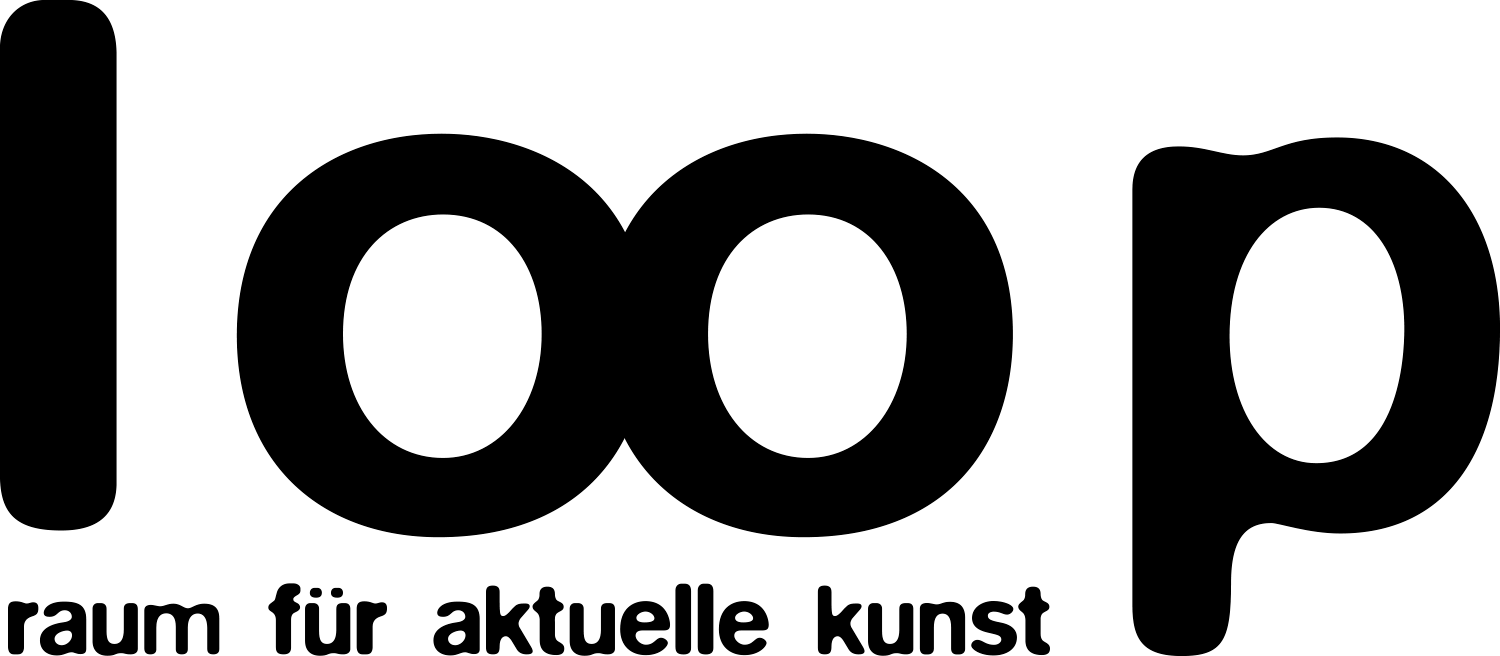Public Viewing
Public Viewing
| With works by: Judith Brunner, Center for Peripheries, Arthur Debert, Luca Di-Febo, Dana Engfer, Fatima Deutscheskind, Andrea Golla, Sophie Horvath, Maarten Janssen und Petra Trenkel, Josephine Jatzlau, Henning Kappenberg, Karsten Konrad, Franz Küsters, Susanne Lorenz, Valentin Mackh, Oliver Niemöller, Pfelder, Thomas Ravens, Michel Santos, Ralf Tekaat, Petra Tödter, Tim Trantenroth, Goetz Valien, Erik Weiser, Sibylla Weisweiler, Ror Wolf, Jannik Zernke, Julia Ziegler |
| From a Volkssport to a global pop phenomenon - soccer has long since become a transnational cultural asset and has undergone a dynamic development in its reception over the past decades. The B-Part Exhibition accompanies the start of EURO 2024 with the opening of the interdisciplinary group exhibition “Public Viewing”. By means of an open call, artists were publicly invited to submit their positions on expanded views of ball sports: Reappropriations beyond exclusive fan cultures and formal explorations of the visions, themes and symbolism surrounding the sports phenomenon. While the term “public viewing” in public space stands for the communal viewing of broadcast matches, parallels can also be drawn with the exhibition principle: A public comes together for collective reception in the space created for this purpose. As part of the interdisciplinary group exhibition, which makes the concept of “public viewing” its own, the B-Part Exhibition presents 29 different artistic positions ranging from graphics, painting, photography, sculptural and installation works, sound collage to video art. June 14 marks the start of EURO 2024, the European Men's Football Championship, which will be held in Germany this year. The fact that Berlin is the central venue, besides five other games, will also be recognizable through visual processes in the cityscape: a rolled turf area, laid out from Straße des 17. Juni to the Brandenburg Gate, will temporarily transform the usual fan mile into a soccer pitch. Berlin's landmark is reinterpreted as a gigantic soccer goal. Football as a mass spectacle has long since not only taken place in stadiums, but is also transforming urban space far away from them. Not only through the green fan mile in the city center, but also through outdoor public viewings, fan jerseys and flags that dot the cityscape. The B-Part Exhibition accompanies development processes in urban space and creates intersections between urban transformation, art and culture. As the most popular sport, soccer both unites and divides opinion. The violent excesses of ultra-cultures, exclusivity and segregation from other nationalities, the pressure to perform in professional sport and the devaluation of women's soccer and queer players contrast with the community-building aspects of ball sports: The unification of the masses through a euphoric sense of togetherness, team spirit, integration and understanding through team players of the most diverse backgrounds. The mass ecstasy that breaks out in the stadium during the goal kick, the unifying rites of the game. It is also the aesthetics of the sport that create familiar visual references: the strict geometric layout of the green field, the arrangement of the black and white pentagons and hexagons that form the basis of classic soccer and, last but not least, the dramaturgy of the players' movements. Soccer as a phenomenon also occupies art: on social, emotional and formal levels. The artistic positions represented in “Public Viewing” question the political dimensions that are directly linked to sport and therefore also to the European Championships: To what extent can the principle of national flags be neutralized when they not only stand for community, but also inevitably for demarcation? What questions arise from the official slogan of the European Championship: “United in the heart of Europe” in relation to current political tendencies? And how do different fan cultures affect the intended atmosphere of communal gathering at the stadium? Soccer as a phenomenon has long since found its way into individual biographies, the shaping of identities and family histories. What gaps in representation become visible and how can these be reappropriated and reclaimed? And how does the pop-cultural presence of soccer affect private life? Collectable cards, Panini stickers and posters offer points of reference for nostalgic memories from childhood and adolescence and still maintain their presence in the culture of collecting and collective memory. The selected artists illuminate the attributes traditionally associated with soccer in a variety of ways: The stadium, the field, the players and the phenomenon of the ball itself. They abstract, reinterpret and examine the interactions of lines, surfaces and color. They offer perspectives beyond the commercial aesthetics of soccer. And last but not least, they question the soccer game as a performative group act, as a dance, the dramaturgical correlation of movements on the field: how do viewing habits change in relation to a game when an elementary part of the structure is removed from visibility? | |
|
